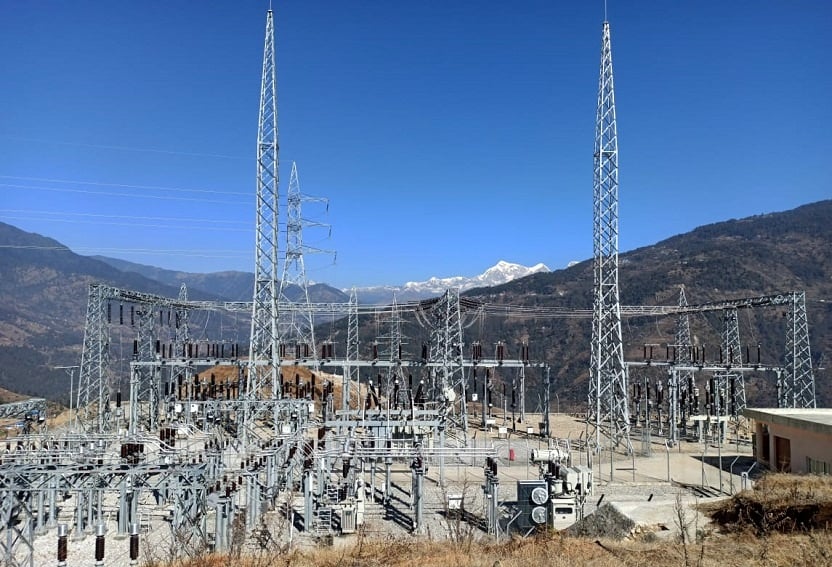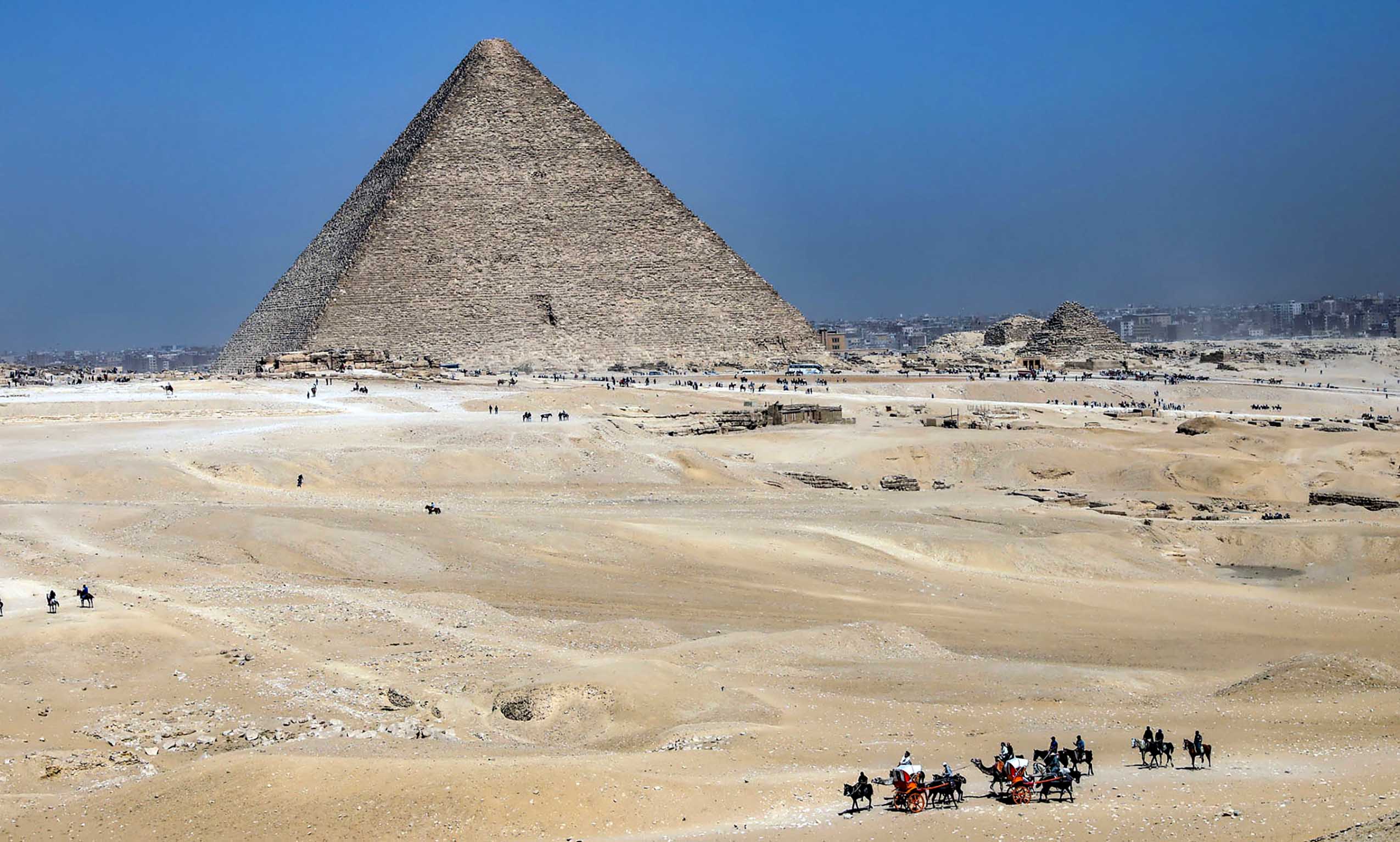Ukraine: How big is the Russian military build-up?
Russia has positioned up to 190,000 troops close to Ukraine's borders, according to US officials.

FEB 20: They include about 30,000 troops taking part in military exercises in Belarus, and are equipped with everything from tanks and artillery to air power and naval support.
US officials say Russia has the troops in place to invade Ukraine "at any time".
But Russia denies it is planning an attack, and on Tuesday Moscow announced that some troops positioned near Ukraine were being pulled back.
Troops on the move
Russia's defence ministry said, whilst large-scale drills were continuing, some troops from the southern and western military districts had completed their exercises and were returning to their permanent bases.
But on Wednesday, Nato said it had not seen evidence of any de-escalation on the ground.
Its secretary general Jens Stoltenberg said: "On the contrary, it appears that Russia continues the military build-up."
The estimated number of Russian troops deployed around Ukraine has ranged from 100,000 to 190,000 in recent weeks.
On Tuesday, US president Joe Biden said that the number had reached 150,000, but on Friday, Washington increased its estimate to between 169,000 and 190,000.
A statement by the US ambassador to the Organization of Security and Cooperation in Europe (OSCE), Michael Carpenter said: "This estimate includes military troops along the border, in Belarus, and in occupied Crimea; Russian National Guard and other internal security units deployed to these areas; and Russian-led forces in eastern Ukraine."
Earlier this week, the UK defence secretary Ben Wallace said that 60% of Russia's land forces were near Ukraine's borders with Russia and Belarus.
He added that he had seen evidence of troops moving from assembly areas to what he called "more aggressive launch areas".
Ukraine's defence minister has suggested a figure of 149,000.
Speaking to the BBC on Thursday, Russia's deputy ambassador to the UN, Dmitri Polanski said: "All this is happening in the heads of our western colleagues."
Reports suggest that key support units necessary for an invasion have moved into position alongside combat troops in recent days.
They are thought to include tank repair workshops, mud clearance equipment and field hospitals with blood supplies in some areas.
On Wednesday, Mr Wallace highlighted a "continued build-up of field hospitals."
The prime minister Boris Johnson has said that the presence of field hospitals "can only be construed as a preparation for invasion".
Units arriving from across Russia have been added to about 35,000 military personnel who are permanently stationed close to Ukraine's border.
Some units have travelled almost 4,000 miles from the Russian Far East.
Much of the heavy armour has been brought in by rail, some passing through Kursk, approximately 80 miles (130km) from the Ukraine border.
Other vehicles have arrived by road, via Karachev in the Bryansk region.
Many experts believe that a full-scale invasion, followed by an occupation of most or all of Ukraine, would require many more troops than Russia has currently assembled.
The view from above
The presence of troops can sometimes be detected in satellite images by the colour of tents.
Those occupied are heated, melting the snow on their roofs and appearing darker from above.
Armoured vehicles can be identified by their shapes, and tyre tracks or mud indicate vehicles on the move.
Images of the Yelnya training ground appear to show a large pull-out of vehicles between January and February.
Some analysts believe they headed to areas closer to Ukraine's border.
Satellites have also detected a sharp rise in activity in Crimea where, according to one assessment, an additional 10,000 troops arrived in late January and early February.
It's believed they include infantry and airborne forces, and that some units have been put on the highest level of readiness.
Build-up in Belarus
Joint military exercises in Belarus are scheduled to run until 20 February.
The country's leader, Alexander Lukashenko, supports Russian President Vladimir Putin.
The Ukrainian capital, Kyiv, is less than 100 miles (150km) from the Belarus border, and western observers say the exercise, Allied Resolve, could provide an opportunity to rehearse a mission against Ukraine.
Mr Stoltenberg said that 30,000 Russian combat troops had arrived in Belarus, in Moscow's biggest military deployment to the country since the end of the Cold War.
Satellite images appear to show Russian Iskander short-range ballistic missile launchers near Yelsk in Belarus, less than 45 miles (72km) from the Ukraine border.
Russian deployments to Belarus include air defences, munitions and medical support.
Mr Stoltenberg said that Russian Speznaz special operations forces were also on the ground.
Advanced Su-25 ground attack planes have been pictured by satellite at Luninets airfield.
The build-up at sea
Russia is holding worldwide naval drills, from the Atlantic to the Pacific, running through February, involving about:
-140 ships and support vessels
-60 aircraft
-10,000 personnel
Six Russian Navy vessels which passed through the English Channel in January are now in the Black Sea.
They are capable of landing main battle tanks, personnel and armoured vehicles.
On Saturday, Russia's Black Sea fleet said more than 30 ships had started training exercises near Crimea.
On Monday, a senior Russian military official said that Russia was ready to open fire on foreign ships and submarines that illegally enter its territorial waters, according to the Interfax news agency.
Moscow has issued coastal warnings citing missile and gunnery firing exercises in the Black Sea.
With inputs from BBC




_GuyKOE272v.png)





Leave Comment